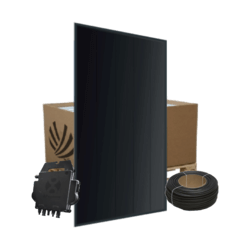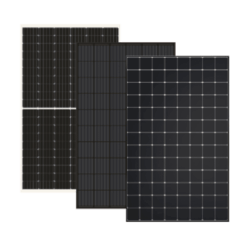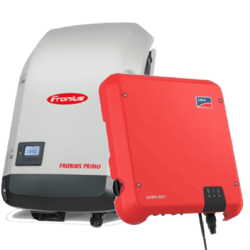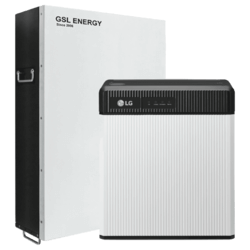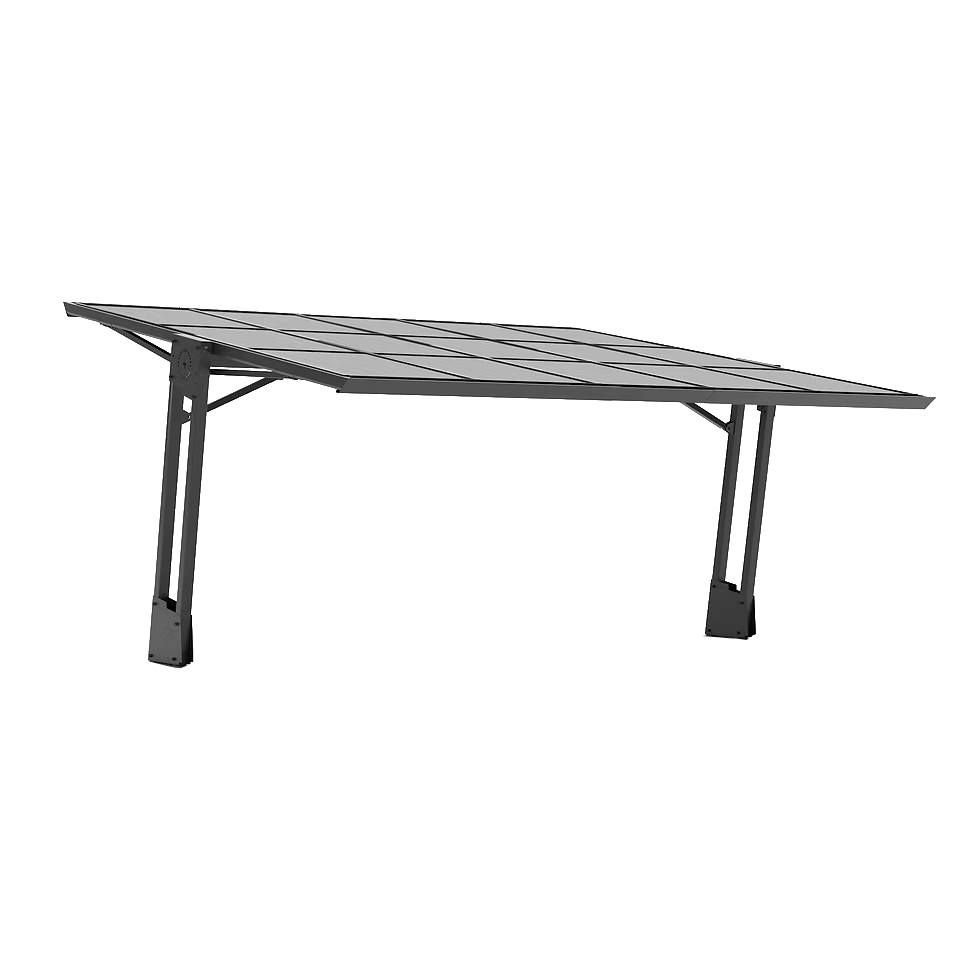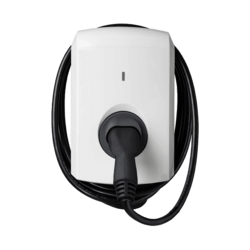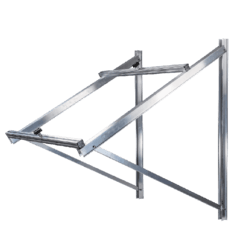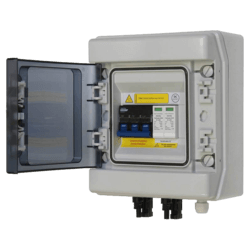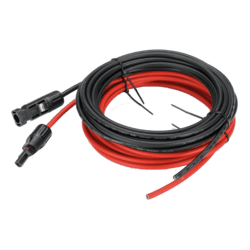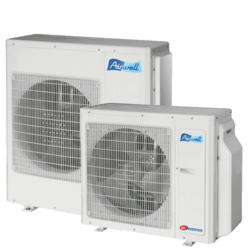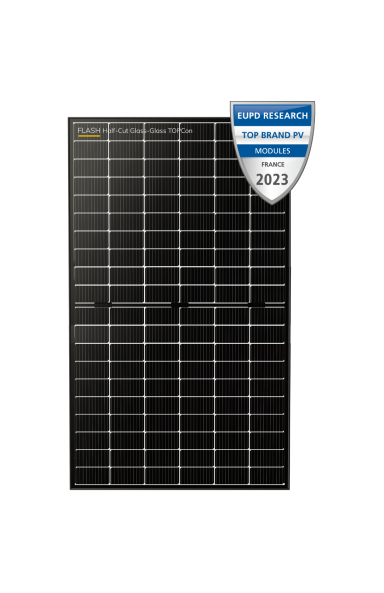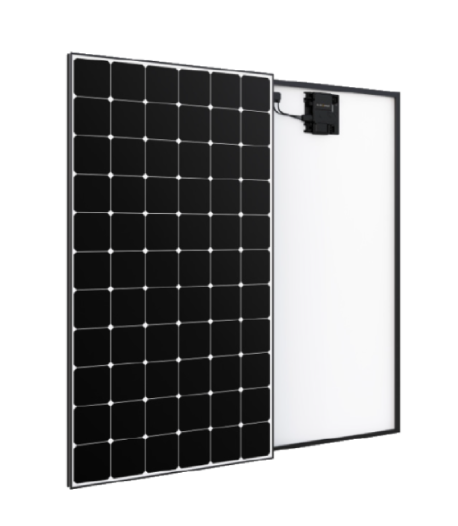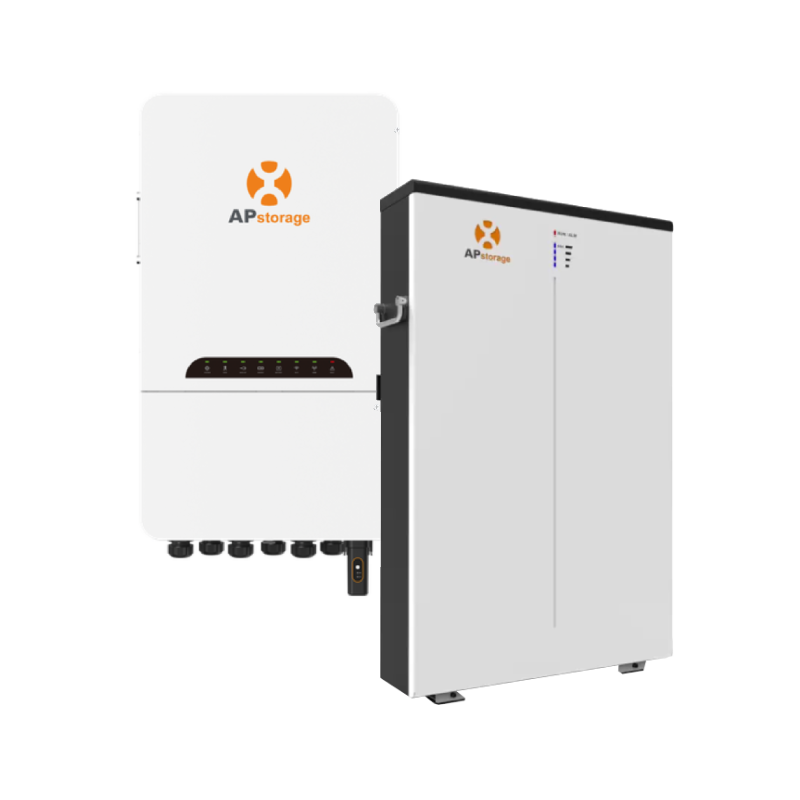Three-phase solar battery
Three-phase solar battery
A three-phase solar battery is suitable for three-phase domestic electrical connections. Thanks to this equipment, you can store the energy produced by your photovoltaic panel. Find out more about the solar batteries offered by Planet Soar, the energy renovation specialist.
Why choose a three-phase solar battery?
A three-phase solar battery means that it can be adapted to a three-phase electrical installation. This applies to homes with an electricity meter rating of more than 18 kilovoltamperes (kVA). The installation then consists of 3 circuits of 6 kVA
This is not the most common installation in France. In fact, the majority of meters have a single-phase installation. Three-phase current is often used in configurations where certain electrical appliances are a long way from the meter, or where professional equipment is used.
However, to choose the right equipment, you need to check your electrical installation. In three-phase, you have 3 electrical wires that distribute the current. Older meters read ‘3-phase 4-wire’. On a Linky meter, it says ‘3x 230/400 V’. You can also see a logo with three branches surmounted by a circle. This indicates a three-phase meter.
See also :
- Single-phase solar battery;
- Plug and play solar battery.
What are three-phase batteries ideal for?
A three-phase solar battery should be used with a photovoltaic panel to conserve unused energy. Your solar panel produces electricity that is not always used when it is generated. A solar battery stores this energy for later use, for example at night or on grey days when your panels are not producing energy.
How do I choose the right three-phase solar battery?
To choose which three-phase battery to buy, you need to take a number of criteria into account:
- Your electricity consumption: you need to know how much of your green electricity is for your own use and how much you want to store;
- The storage capacity of the equipment: this is expressed in Ah or kWh. This is the amount of electricity the battery can store.
- The life cycle of the battery: you should be aware that this device can withstand a limited number of charges and discharges over its lifetime. However, there are high-quality batteries that can withstand a very large number of cycles. These should be chosen for their durability.
- Energy efficiency is the proportion of energy that is returned when your equipment is used. It is expressed as a percentage.
In addition to these criteria, you also need to choose a high-performance technology. There are different types of three-phase battery:
- The open lead battery: inexpensive, but not very environmentally friendly, it has a very limited lifespan and requires very rigorous maintenance.
- Gel batteries are also based on lead added to an electrolyte gel. This solution is more stable, but its performance is not optimal.
- The AGM (Absorbed Glass Mat) battery also contains lead, but with fibreglass plates placed between the electrodes to limit liquid leakage. This type of battery is easily damaged if fully discharged.
- The lithium-iron-phosphate battery is the one we recommend. It has a long service life and can withstand many life cycles with high efficiency. It also copes well with extreme temperatures.

